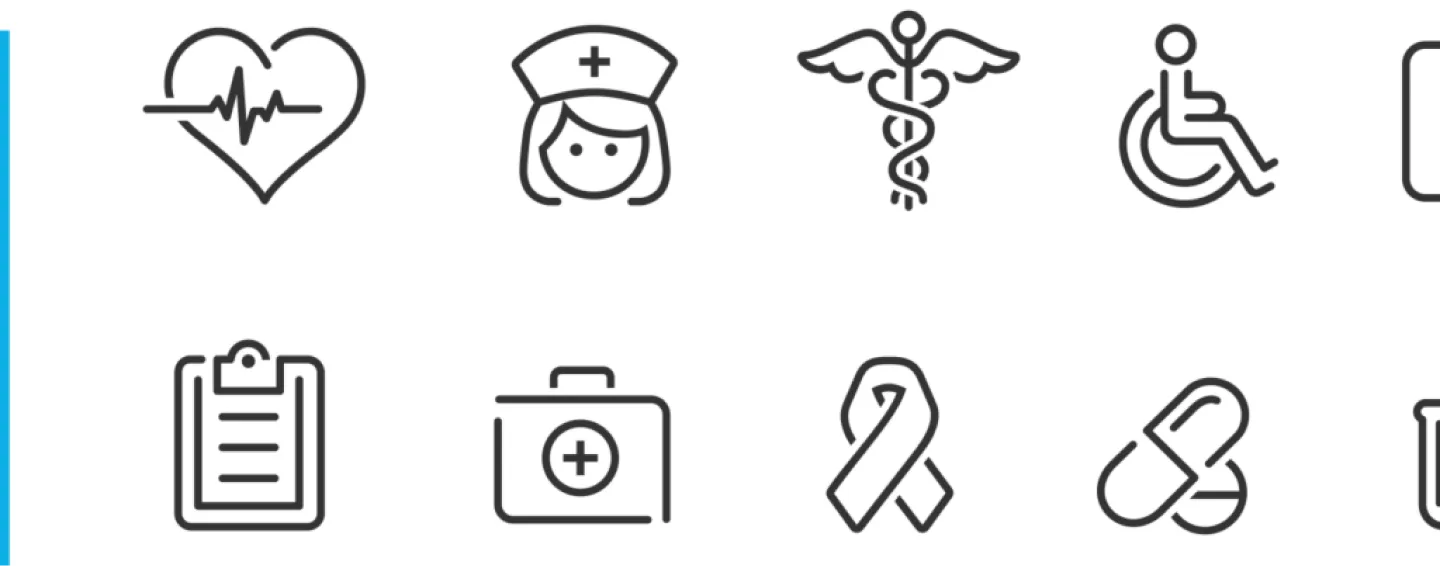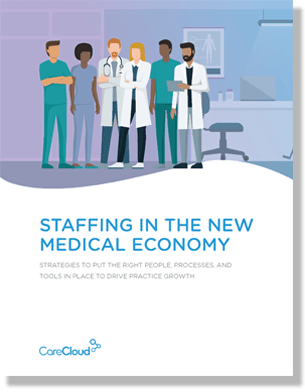Bringing new patients into a practice used to consist of simply waiting for them to walk through the door or pick up the phone, but it’s not that simple anymore.
Health care costs are continuing to climb, and more people have insurance than ever before, meaning that healthcare professionals need to look at their practice in a whole new way.
Population health tools have emerged that make it easier for doctors to actively seek outpatients that might need health care. Let’s take a closer look at some of the best population health tools and how they work.
-
Electronic Health Records
The days of keeping hard copies of patient records in a dusty storage room are long gone. Electronic health records enable patient information to be stored and shared with the click of a button, without the need for outdated technology like fax machines to send patient files from office to office. They’re also a useful tool for predictive analytics, which will be discussed more in-depth later.
These EHRs also provide the foundation for patient and population registries — all the information is there, and all that’s needed is a program that knows how to sort through it and has the power to accomplish the task in a timely manner.
-
Telemedicine
Telemedicine, or remote doctor appointments, are becoming more popular for patients in rural areas and those who simply can’t make the trip to the doctor’s office. These virtual appointments allow patients to get the care they need even when they can’t make it to the office.
Telemedicine is no replacement for in-office visits, but it’s great for some checkups, follow-ups and prescription refills, as long as those prescriptions aren’t for controlled substances. Not only does this method provide a population health tool for doctors, but it can also help reduce the overall cost of health care for patients. Many insurance policies do cover telemedicine visits, and they’re less expensive for both insurance companies and doctors.
-
Remote Monitoring
Chronic conditions like diabetes require constant monitoring. For diabetic patients, this fact means checking and recording their blood sugar — but these measurements aren’t always recorded accurately, which can make assessing the patient’s condition more difficult for health care professionals.
Remote monitoring of chronic conditions can help patients better manage their health, but it has an additional use. When paired with an analytics program, it can help doctors warn their patients of potentially larger problems that might be on the horizon so that these issues can be prevented or avoided.
-
Predictive Analytics
Artificial intelligence might have a bad reputation thanks to popular media, but it’s quickly becoming an invaluable tool in the field of medicine. It’s probably the most useful population health tool that has appeared in recent years, but it does require the office using it to have a powerful computer and the right programming. AI, when paired with machine learning, can be used to evaluate how the local population is faring and find patterns that a human observer might miss.
A properly programmed predictive analytics program can even predict future occurrences with relative accuracy if it has enough data to work with. It can assess past events and create a timeline that can be used to predict future ones. This process gives medical professionals the tools to either prevent the problem or be prepared for when it occurs.
-
Household Income and Expenditure Surveys
This tool ties directly into the rising cost of health care. Household Income and Expenditure Surveys can be used to improve the “speed, quality, safety and cost of patient care,” according to Scott Westcott, a contributing editor for Health IT Outcomes Magazine.
These surveys, when collected and securely shared with providers in a network or geographic area, can enable those providers to better care for their patients while reducing health care costs, which are a major concern for a large portion of the population. Unfortunately, there are not many organizations that are using advanced health care population tools, making it difficult for even interested professionals to utilize these tools.
Technology is changing and shaping the field of medicine faster than most people realize. When properly adopted, these tools can make it easier to care for both acute care and chronic care patients. helping to manage patient care costs, safety, and to improve outcomes.
DUMMYTEXT
Sources:




